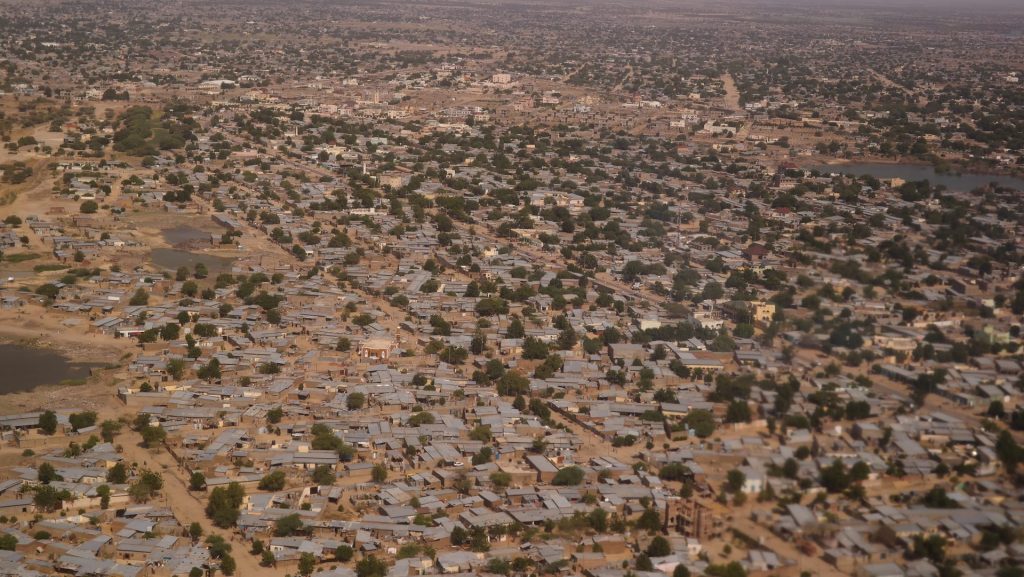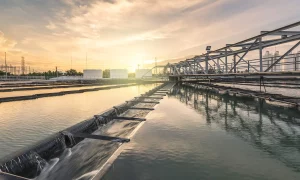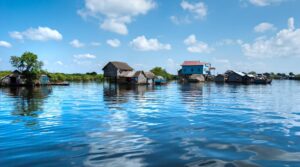PERSPECTIVES
The overall level of water stress of a country does not paint a full picture on the risk and impact to the country and its people, including children. Moreover, the level of water stress does not provide information about a country readiness to manage water stress impact. Assessing the “readiness” of a country’s enabling environment to tackle water scarcity and related compounding climate change risks is the main aim of this report.

An in-depth analysis of the enabling environment within the water and climate sectors was undertaken in 14 MENA countries. The assessment was structured using the Sanitation and Water for All (SWA) enabling environment building blocks (SWA, n.d.): “Policy and Strategy”, “Institutional Arrangements”, “Financing”, “Capacity Development”, and “Planning, Monitoring and Review”. Under each building block, assessment criteria were defined and subsequently measured through the use of a combination of the findings from country desk reviews and country surveys distributed to UNICEF country offices.
The assessment found that the best performing building blocks include “Policy and Strategy” and “Institutional Arrangements”, with “Financing” and “Capacity Development” performing the worst. Planning, Monitoring and Review building block had mixed results with some countries performing well, and others poorly.




We use cookies on our website to make your experience better. Your personal data is safe and we do not sell it to anyone.
The website is running without cookies, some features will not work.